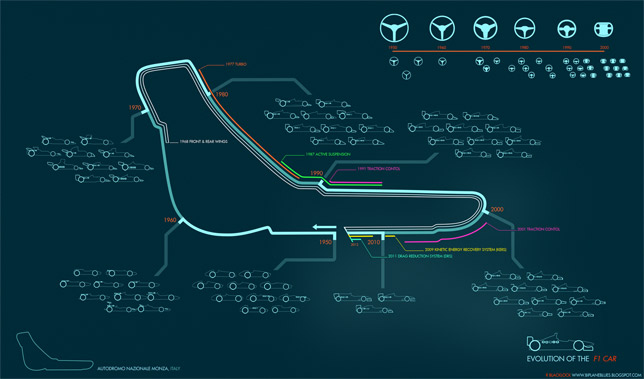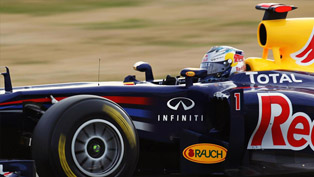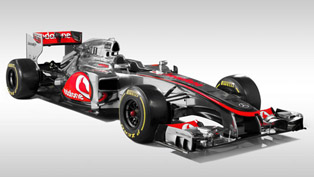Evolution of F1 [VIDEO]
We've come a long way from 1950 until now. Think about it. From having no satellites orbiting the Earth whatsoever, to actually shrouding the planet with them. Color TV, mobile phones, computers, nanotechnology, medicine: everything leaped within just 62 years. The whole concept of how fast the technological evolution is is a bit hard to grasp. Now, we have stumbled upon something that gives us the automotive, high-octane point of view. It's the evolution of the F1 car.
It's all there since the first season of 1950 where a 1938 Alfa Romeo 158 dominated every track it competed on despite being essentially an 8-cylinder, front engined bathtub. In the 60s, engineers took things more seriously and started experimenting with the aerodynamics and with the weight distribution (the engine was usually mid-mounted). By the 70s, the F1 cars started assuming a familiar shape. Also in the same decade the cylinder count in cars saw it's peak when V12 engines were used. In the late 70s turbocharging made a brief appearance that would last around ten years.
 F1 Evolution Infograph - Click On Image For Full Size
F1 Evolution Infograph - Click On Image For Full Size
In 1991 V12 engines were again a fact and traction control was introduced by some of the teams because the power was simply too much to handle. By the year 1994, regulations forbade the use of traction control but then in 2001 it was back in the game.
F1 did bring innovation to common cars and we all experienced change. Active suspension, traction control, engine refinement; All serve as an example of how design and technology bring constant change in shape and function. The only invention that has held it's ground through the years, seems to be the wheel - it is still round
Source: Ruf Blacklock via Vimeo







